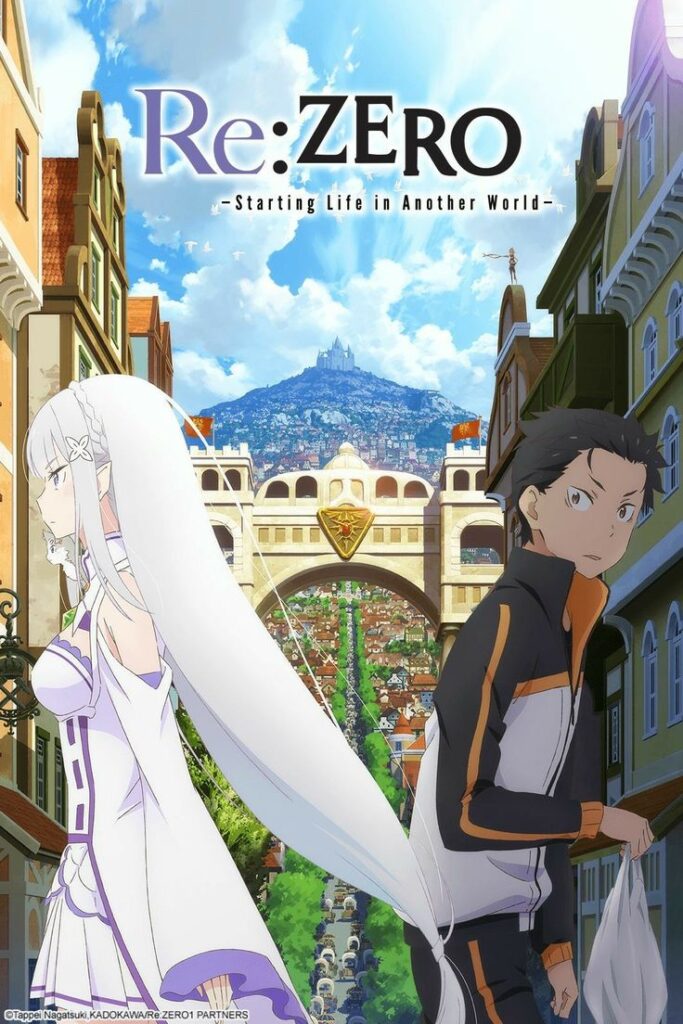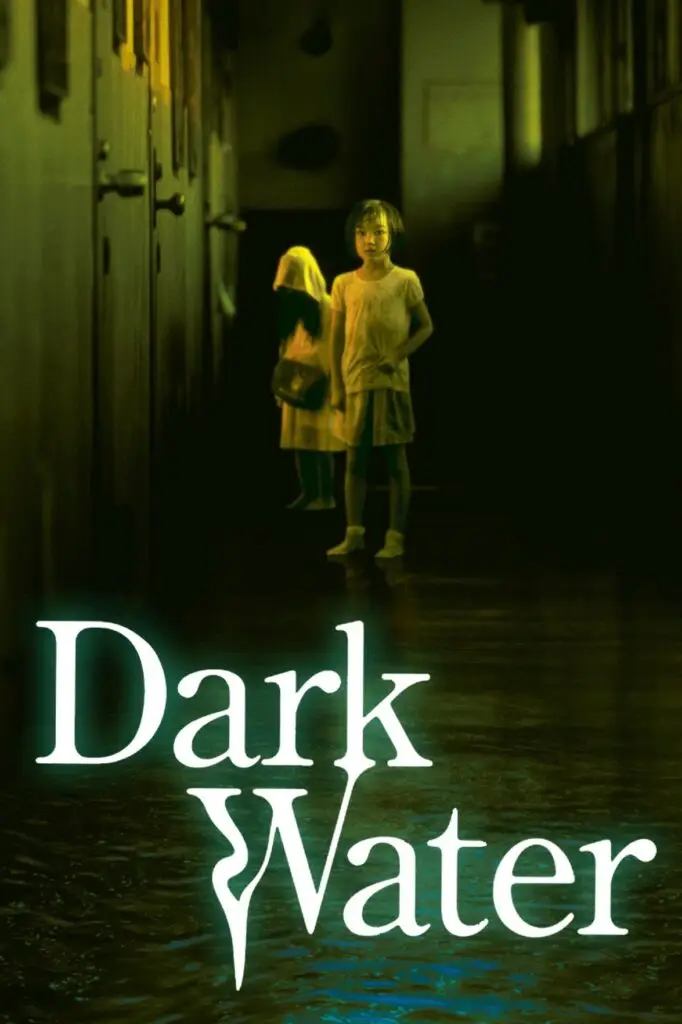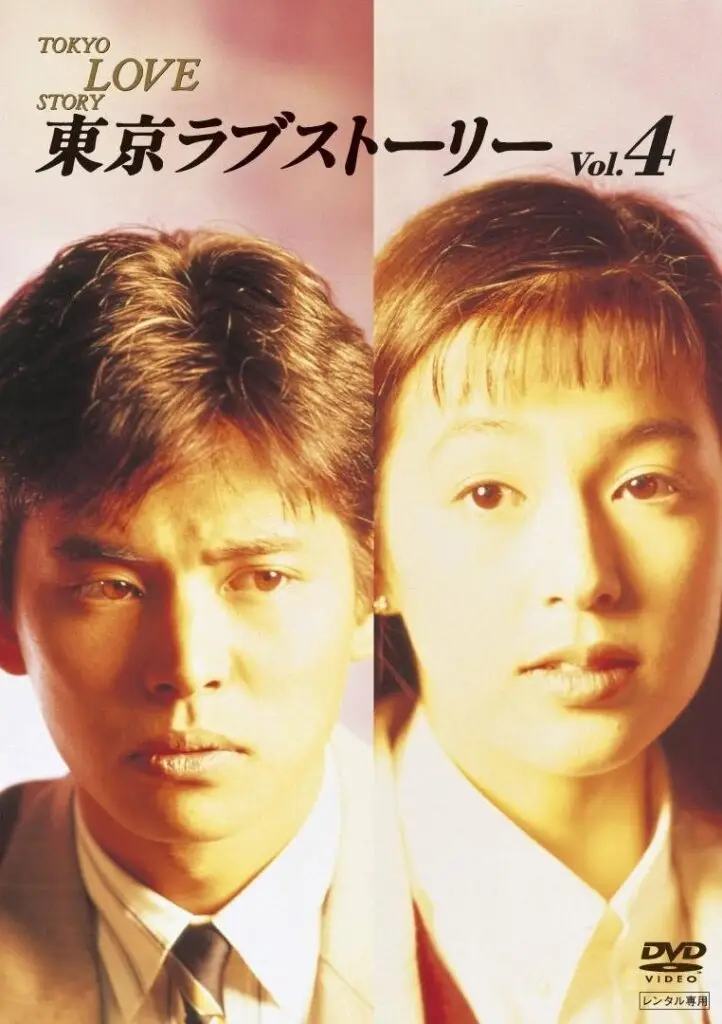Isekai Is Dead – Why the Genre Lost Its Charm and Became a Transnational Golden Calf.
In the vast collection of light novels, web comics, manga and anime, isekai rose to popularity as technology advanced, introducing newer forms of entertainment. However, is the surge of countless adaptations every season is relevant today? Kadokawa executives saw isekai as a profitable source for global revenue, noting how COVID-19 impacted its growth. 1Despite their successful campaigns like partnerships with Crunchyroll that bridged foreign and Japanese markets amidst the pandemic, why do producers continue recycling similar material? Because isekai today lost its otherworldly charm and become the industry’s money-making Golden Calf. The article will highlight why in three ways: 1) isekai was a fantasy plot device that changed when 2) web novel sites established methods of production and distribution for ambitious amateur writers who were influenced by 3) newer technologies in video gaming. 1) Isekai As a Fantasy Plot Device Isekai is defined a “Japanese genre of science or fantasy fiction featuring a protagonist who is transported to or reincarnated in a different, strange, or unfamiliar world.” (Oxford English Dictionary, 2018). As the word (異世界)means “other/strange world,” setting is the key focus. Genres like fantasy for instance revolve around how a character is transported from a primary world like ours toward a secondary world governed by laws that defy nature, filled with elements like magic and monsters. 2 Whether this isekai is a different realm altogether (high-fantasy) or hidden in a recognizable one (low-fantasy) what is important is the character’s movement between worlds. Examples in classic literature abound both in the East and West, from Alice’s Adventures in Wonderland, The Divine Comedy to Bocchan. The mythological universe also has this focus on movement. Frye describes that throughout four levels (heaven, paradise, the ordinary world, the demonic world) characters descend from one to another due to a break, lapse or loss. 3 These could be a disappearance, death or drastic shift in time. The character falls to a lower world that is strange, magical, or even hellish. Depending on the narrative, characters are equipped with tools that aid them in breaking a spell that prevents them from returning to their world. The story concludes with characters regaining what was lost (e.g. memory, power, a loved one). In short, isekai stems from fantasy plot structure, but how it evolved in the age of the internet is noteworthy. 2) Journey Toward the Narōkei Boom Self-published web novels have a long history in Japan. Before the isekai wave in the late 2000s however, amateur writers who found prominence did exist. An early example is TYPE-MOON’s Kinoko Nasu, the master behind Fate/Stay night. His novel Kara no Kyōkai: Garden of Sinners (1998) was both posted on his blog and sold at Comiket, yet its serialization of mystery magazine Faust propelled him to a lifetime partnership with anime studio Ufotable, turning his circle into a billion-dollar video game company. 4 Kodansha, a reputed publisher for famous light novel series, later released hardcopies of Kara no Kyōkai in 2004. The trend of doujin titles finding mainstream success is no surprise. Before landing in publishing houses, isekai are released as web novels. Since its launch in 2004, 小説家になろう (shōsetsuka ni narō), is a self-publishing website considered the hotbed for famous titles such as That Time I Got Reincarnated as a Slime, Re:Zero – Starting Life in Another World, and Mushoku Tensei. Serialized weekly, users log on to read and comment on chapters for free. As readership grows, editors directly contact web authors to pick up their titles, giving publishers distribution rights. As hardcopies rack sales, anime producers buy licensing for adaptions while sponsors manufacture goods or merchandise. Authors also write exclusively for the publisher years after their works have been distributed through them, maintaining a dedicated fanbase for decades. But what continues to fuel this entire process are the tried-and-tested conventions that established isekaias a genre of its own. 2.1) How To Get Transported into Another World In the surge of texts present in the mid to late 2000s, elements were constantly shared between different releases, mostly due to stories fighting for the number one spot with often bizarre premises, e.g. Reborn as a Vending Machine, I Now Wander the Dungeon (2016). What brings them together however are the ways protagonists move between worlds. First, 召喚 (shōkan, summon) is the most recognizable, 5 with an emphasis on entrapment by a spell. Essentially, the protagonist is summoned toanother world, unable to leave unless they complete their quest, as in The Rising of The Shield Hero (2017). Similarly, 転移 (teni, transference) 6 is movement through space and time by magical or technological means. In Re:Zero, transference occurs in a single step; Subaru steps into another world that begins his journey to free himself from a curse. Entrapment even happens in the body, where the soul is reincarnated 転生 (tensei) 7 into another living or non-living body. Characters often experience a tragic death (accidental or self-inflicted) and are whisked into another realm depicted as much more ideal compared to their dreary, depressing original world. Works like Mushoku Tensei showcase Rudeus’ path of self-renewal when reincarnated as an infant. Ascendence of a Bookworm (2013)also features the protagonist’s rebirth, infancy and adulthood. Other instances have characters become goblins in Re:Monster (2010), weapons in Reincarnated as a Sword (2015) or magicians in I Was Reincarnated as the 7th Prince So I Can Take My Time Perfecting My Magical Ability (2019). Another trend these works share is that characters are granted powerful skills that help them overcome any foe that comes their way. 2.2) Overpowered Web-Novel Protagonists Narōkei isekai not only popularized the earlier subtypes but have established conventions of their own. Chiefly, protagonists are equipped with magical tools or skills to cease a calamity or slay a un/godly being. Secondary worlds are substantially different from our own, typically being perilous, unjust and cruel. Villains are monstrous, corrupt and foul creatures of mass destruction, backed by forces that are equally detestable, often influencing the hero/heroine’s ranks. What is clear is that the protagonist’s weapons
Isekai Is Dead – Why the Genre Lost Its Charm and Became a Transnational Golden Calf. Read More »



